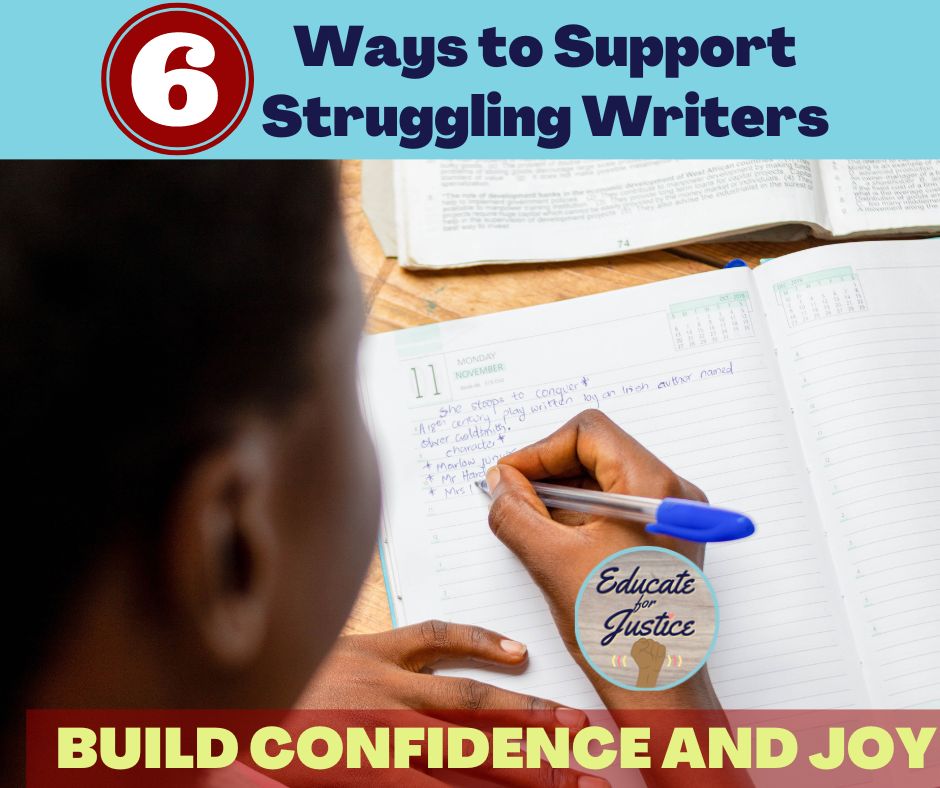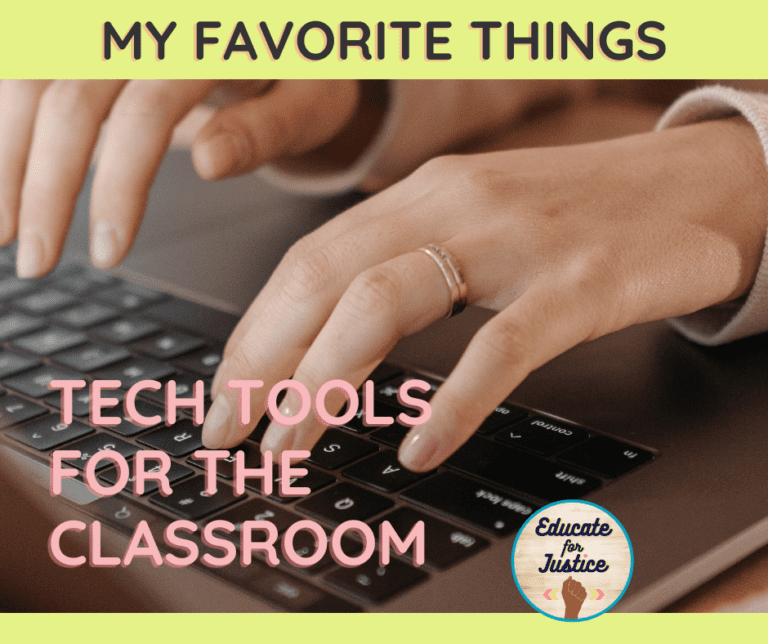The truth is, teaching writing post-pandemic is rough. More students than ever seem to have an aversion to writing and a lack of confidence. We still have many rock-star writers who are trying their best, but what about students who don’t seem to know where to start or even how to try? Of course you are probably already using graphic organizers and checklists, but these are just the tip of the iceberg. How can writing be fun and engaging for our students who are struggling academically? Read on for tips and tricks.
1. Launch with Fun
Perhaps the best writing my students have done this year was one of our Thursday do-nows “should a person eat a cupcake that has fallen on the floor?” Not only did students get seriously into writing their opinion, but it sparked some lively classroom discussions. Students need chances to practice writing without it feeling like a heavy topic with an intense rubric. Give them silly topics, would you rathers, absurd story starters just to get them writing. For some of my students I get parents on board to enforce writing at home for one or two thirty minute blocks a week but we give the student a list of playful prompts to choose from.

2. Blend Routines with Choice
Two things you may have noticed above. First, no matter what unit we are in, my 8th grade class knows that Thursday mornings their Do-Now will be fifteen to twenty minutes instead of five to ten and they will be writing. Yet it is important that students still have different on-ramps so I give them choices. For example, they can respond to a short story we recently read with a literary analysis, or they can talk about an experience of their own with a problem similar to the character’s. Giving students a “this or that” Do-Now gives them greater ownership and interest in writing. Of course, keep the choices simple or students will spend all their time deciding. Sometimes I borrow prompts from this great freebie from Not So Wimpy Teacher.
3. Build a Writing Community
Creating a sense of community for students takes some of the pressure off of you to have all the answers and gives students greater ownership. There are also all the benefits of heterogenous partnerships that we already know about. This isn’t just for the revision process but the whole time. In our narrative unit, we share our ideas of topics frequently, putting them on post-its on a board that stumped peers can turn to for inspiration. With informational writing I love having students work on their outlines together or in small groups. I also build time for students to find text evidence in small groups. Then we pull the work of all the groups together to create a text evidence repository in a Google Doc or Jamboard- students who are struggling can lean on the ideas of peers for text evidence and focus their time on picking the right piece and using appropriate set-up language rather than hunting through a text.

4. Separate Reading Skills from Writing
I remember when I was a first year baby teacher completing my EdTPA. I worked so hard on those lessons, the filming, the writing, all the pieces. Then when I was evaluating how kids did I realized that my struggling readers had never really gained enough understanding of the short articles we were writing about to successfully complete the writing tasks. Now, in addition to spending more time on note taking when we have to use a written text, I also offer lots of video research options. I continue to work with those students on reading separately, but during writing time I want them to have the opportunity to refine their writing skills without being held back by their comprehension challenges. As a bonus, when I do this in Padlet, its easy to archive and unarchive boards each year for the appropriate unit.
5. Consider Group Essays
Adding group essays has been a game changer for my classroom. I always allow kids who really want to to work alone, but breaking an essay into tasks for a group makes it feel more manageable. Additionally, peer pressure of the group keeps kids on task without me being the only nag. Groups are equivalent to the number of body paragraphs the essay will have so they each do one, and then the introduction and conclusion are collaborative. Recently, I was delighted for students to realize how their paragraphs ran together and to realize they needed to do a better job organizing, and then figuring it out together with a collaborative discussion that they didn’t need me for. This makes the writing feel so much more authentic for them.
6. Re-Evaluate Standards
Just because it is how the curriculum evaluates the standard, doesn’t mean that its how you have to. When I taught 5th grade, we always launched with personal narrative. But the 5th grade standard is just for narrative. For students with trauma, personal narratives bring stress that isn’t necessary. For groups of students that include some or all students growing up with wealth, the personal narrative becomes about who has the coolest vacation to show off rather than quality stories. My students were able to show their narrative craft so much more effectively when writing stories about endangered animals or historical fiction based on our social studies unit. Bonus, the stories were more fun for me to read and give feedback on. Do the standards require for students to only use written sources or can they be in video? Do your multilingual learners need to show competence in writing in a new language or can you let them write in their home language for some exercises? Look at what the standards are really asking before forcing students to do work that doesn’t have to be a part of the writing process.
Which of these strategies can you implement today? Which would you like more information on? Email me and let me know as I plan out the next posts in the blog calendar.





